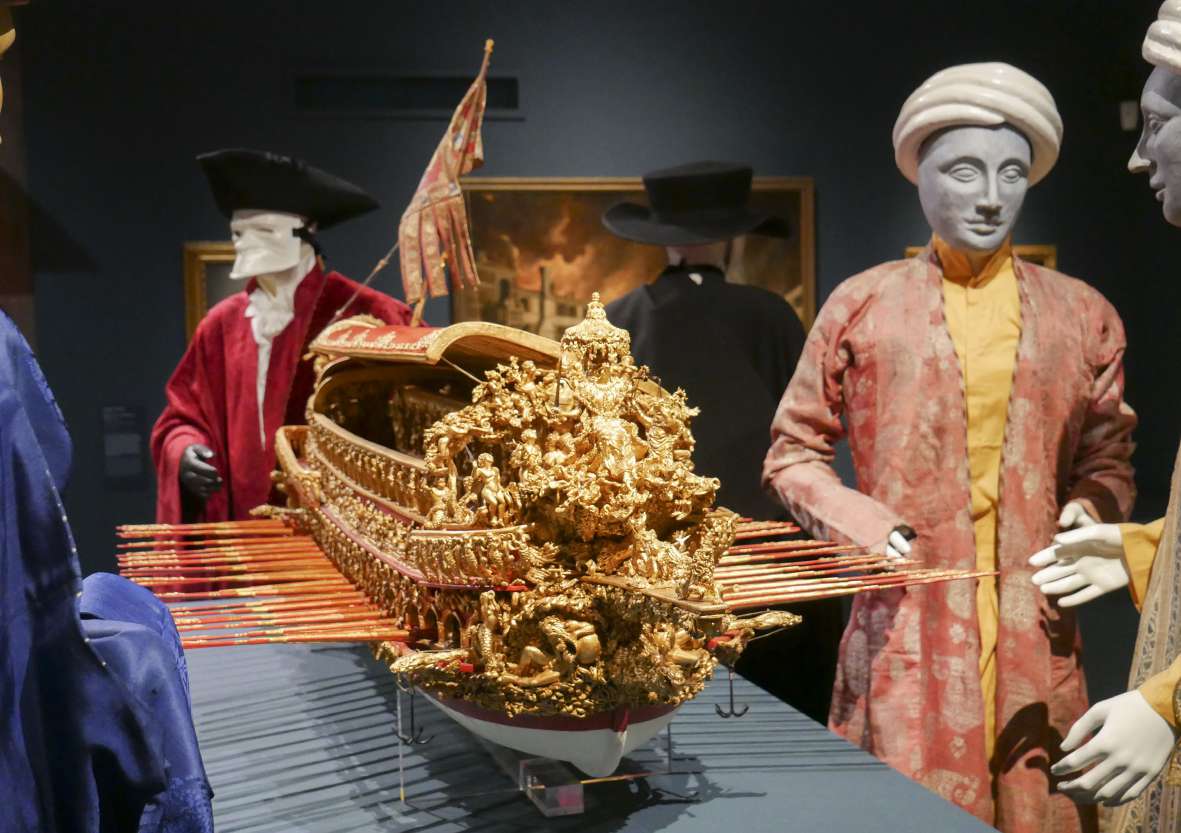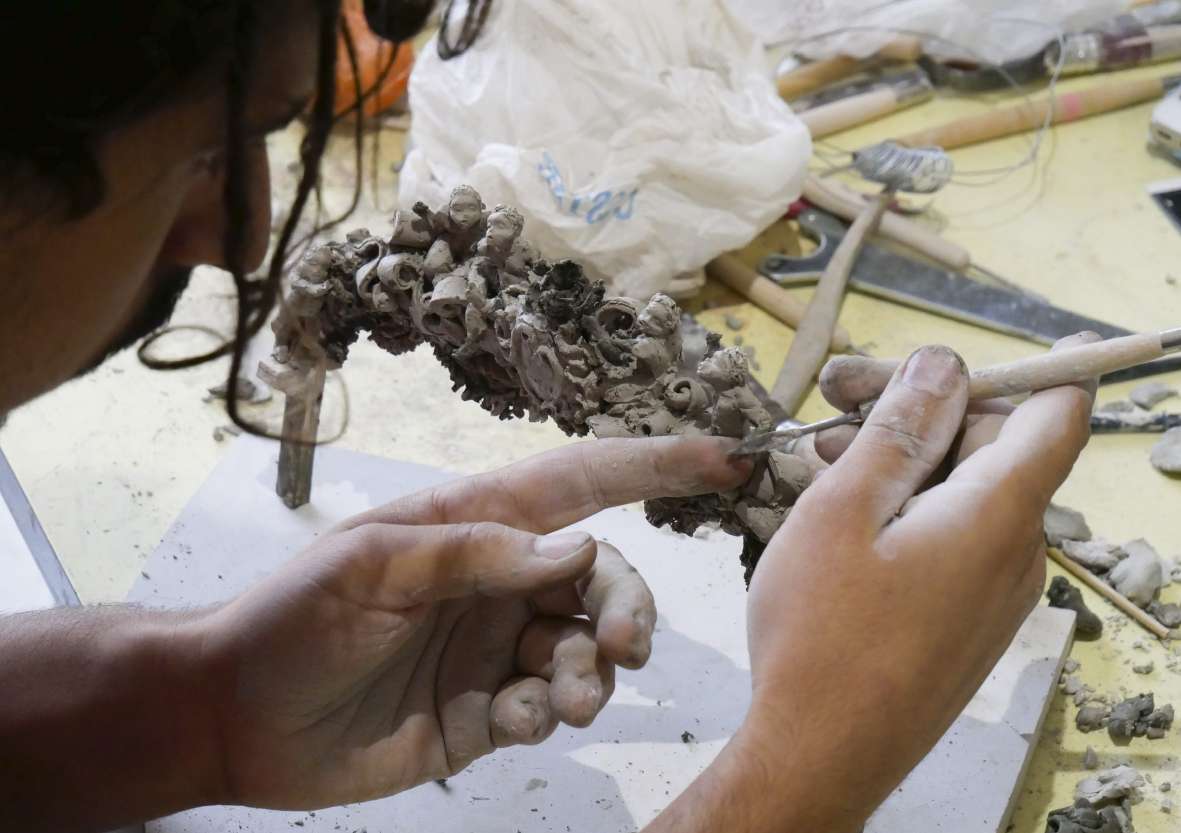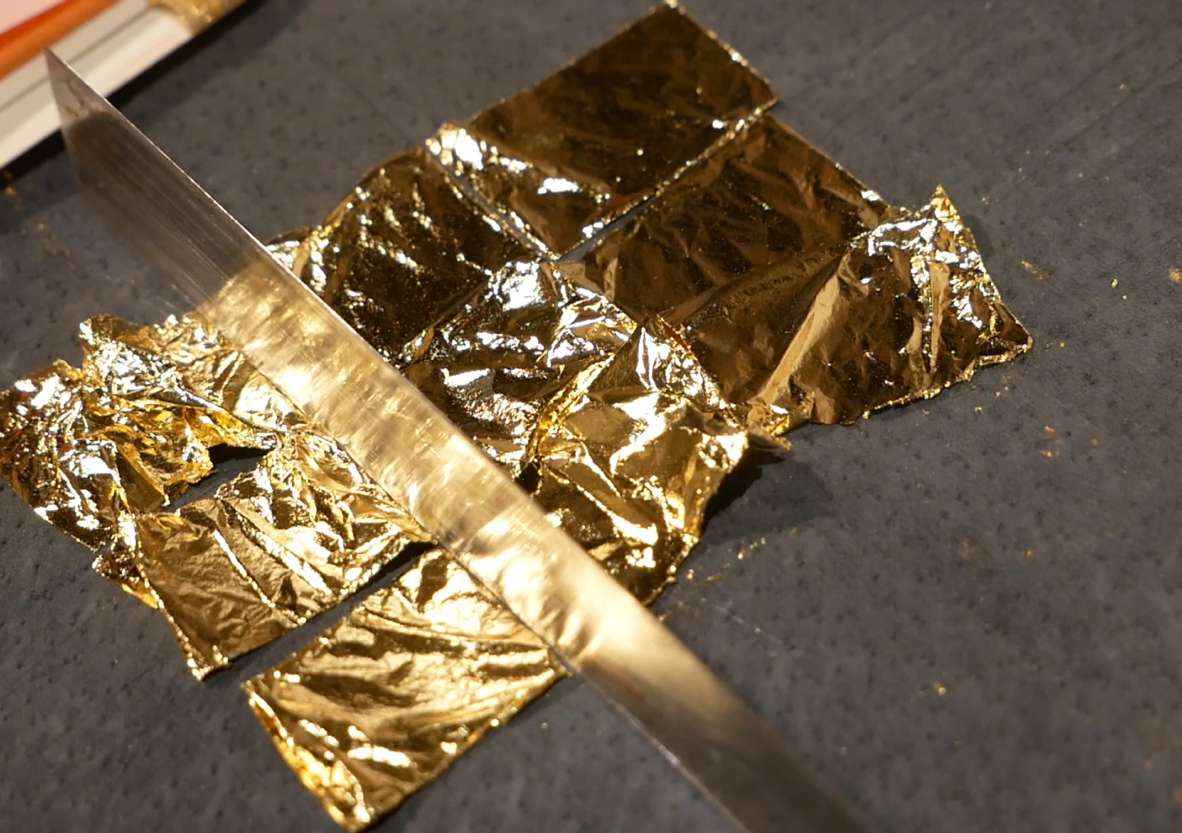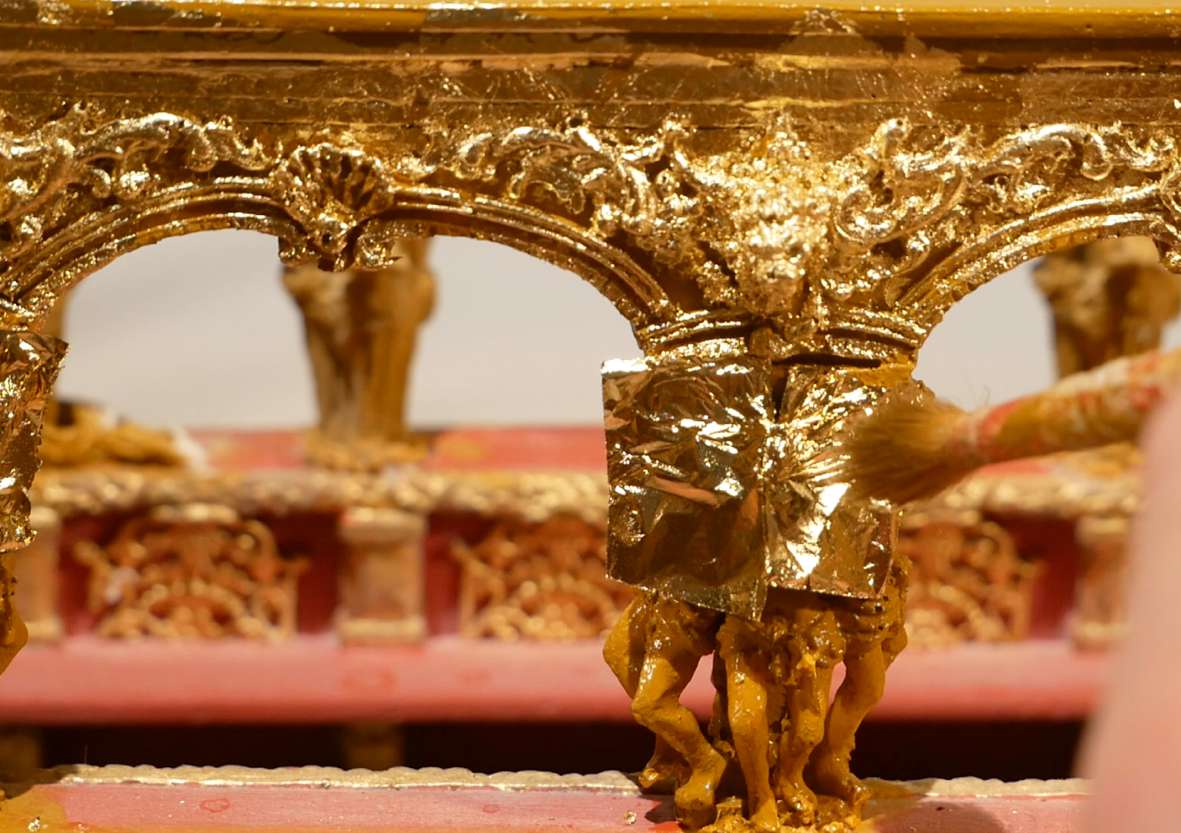Quantità
Totale
Prodotto aggiunto al carrello
Ci sono 0 prodotti nel carrello. Ci sono 0 prodotti nel carrello.
Totale prodotti
Totale consegna (iva incl.) To be determined
Totale
Continua acquisti Procedi con l'ordine
ARCHIVIO NEWS
CATEGORIE NEWS
.jpg)









